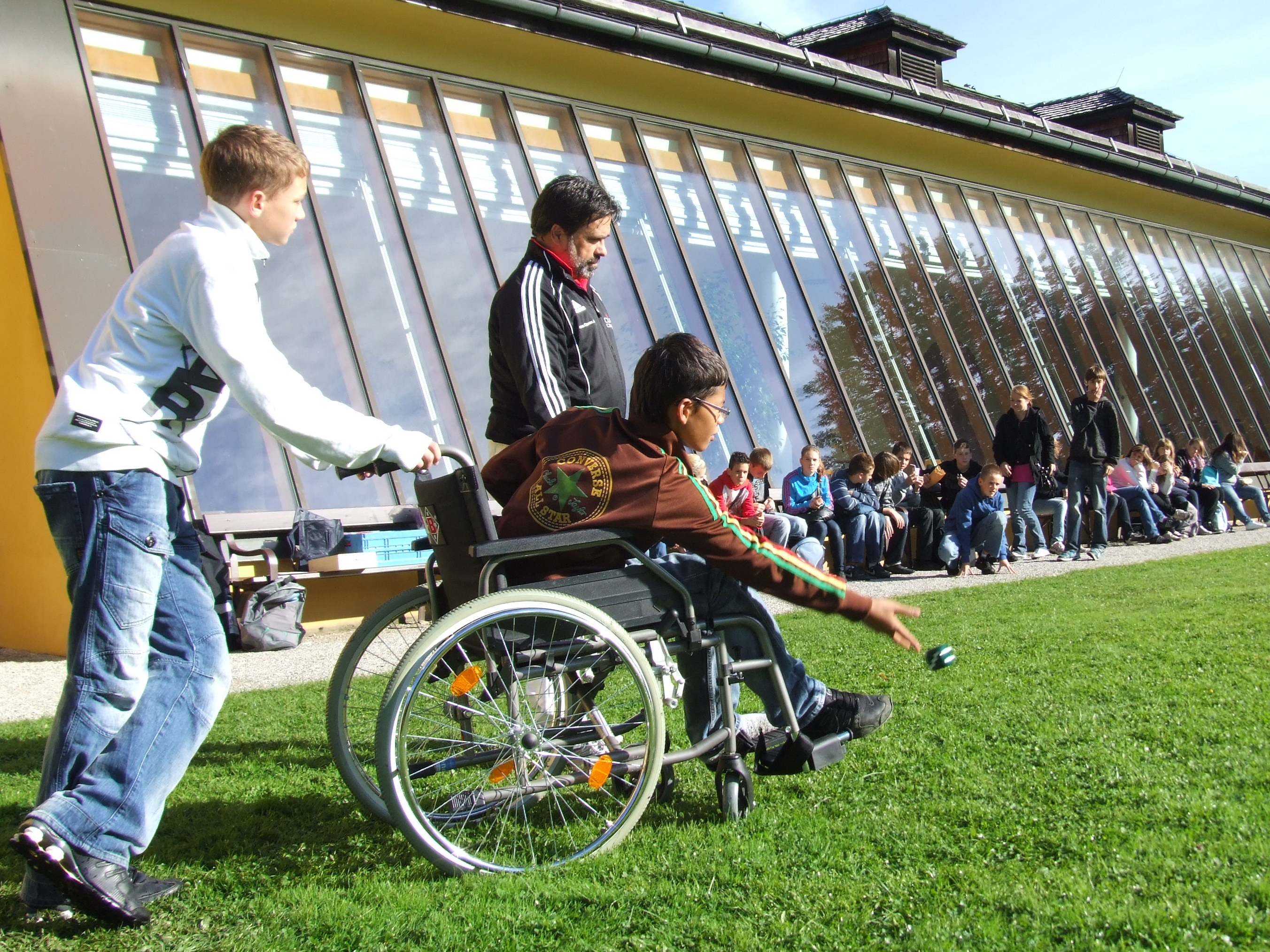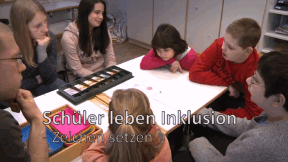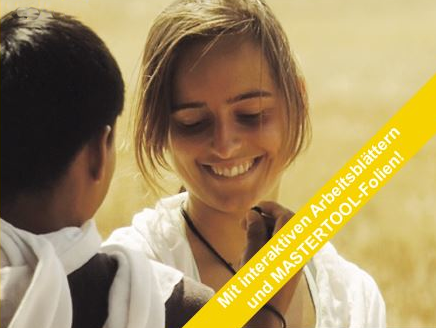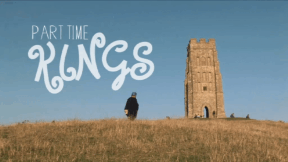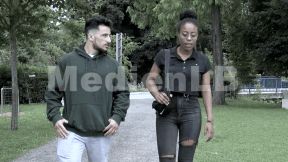 Biology
Biology
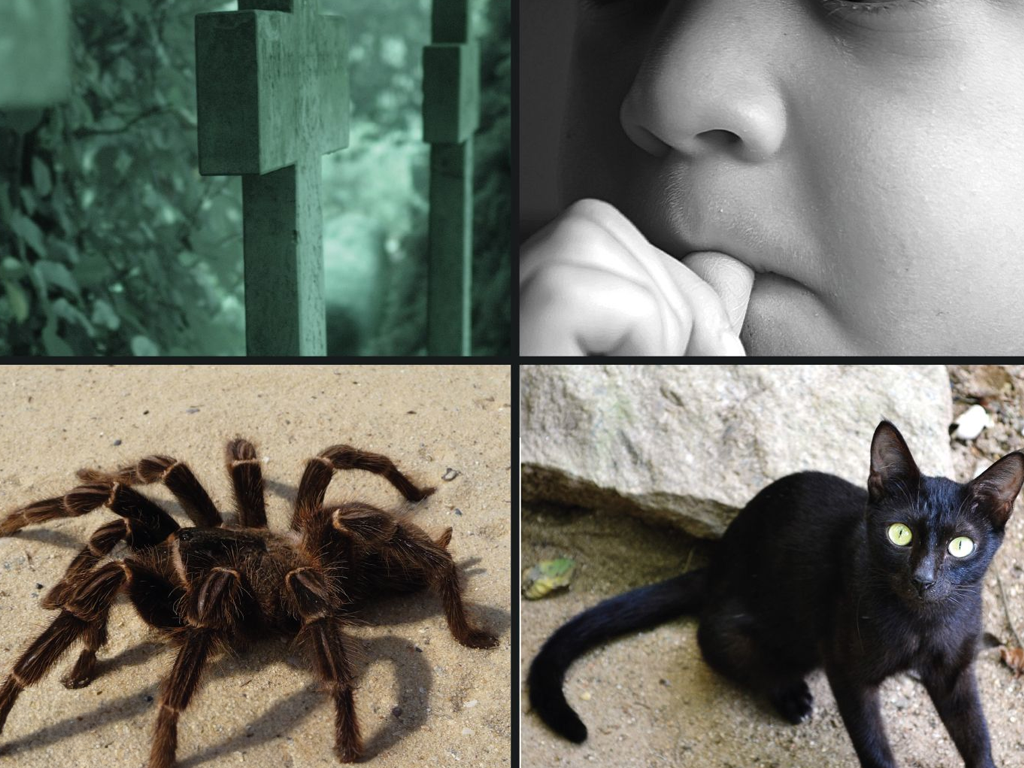
4670848 / 5560954
Angst und Phobien
Verschiedene Formen der Angst
Das Herz klopft, der Puls geht schneller, Schweiß bricht aus: Angst gehört zur „Grundausstattung“ unserer Gefühle, warnt uns vor gefährlichen Situationen und setzt unseren Körper in Alarmbereitschaft. So können wir instinktiv richtig reagieren, ohne groß nachzudenken. Angst ist ein Urinstinkt, der uns schützen soll. Wenn in uns alles schreit und wir nur noch weglaufen wollen, zum Beispiel vor Prüfungen, erwacht in uns das wilde Tier. „Schau dich schlau!“ zeigt, was Angst überhaupt ist und welche Mechanismen in unserem Inneren ablaufen. Manche Menschen haben Angst vor Dingen, vor denen man eigentlich gar keine haben müsste. Zum Beispiel vor Telefonen, Staubsaugern, Schnecken, Glatzen, Pflastern oder Brücken - die Liste ist endlos. Für Menschen, die an einer sozialen Phobie leiden, wird sogar der ganz normale Alltag zum Spießrutenlauf. Vielfach erkennt der Arzt die Erkrankung nicht oder die Betroffenen begeben sich erst gar nicht in Behandlung, um nicht mit dem Stigma „psychisch krank“ versehen zu werden. „Schau dich schlau!“ zeigt, wie Phobien entstehen und welche Therapie die sinnvollste ist. Außerdem testet Joey Grit Winkler, welche Hormone uns beim Angst-Kick beim Tandemsprung glücklich machen - und was im Körper vor dem Sprung und während des Flugs passiert.
Play trailer




